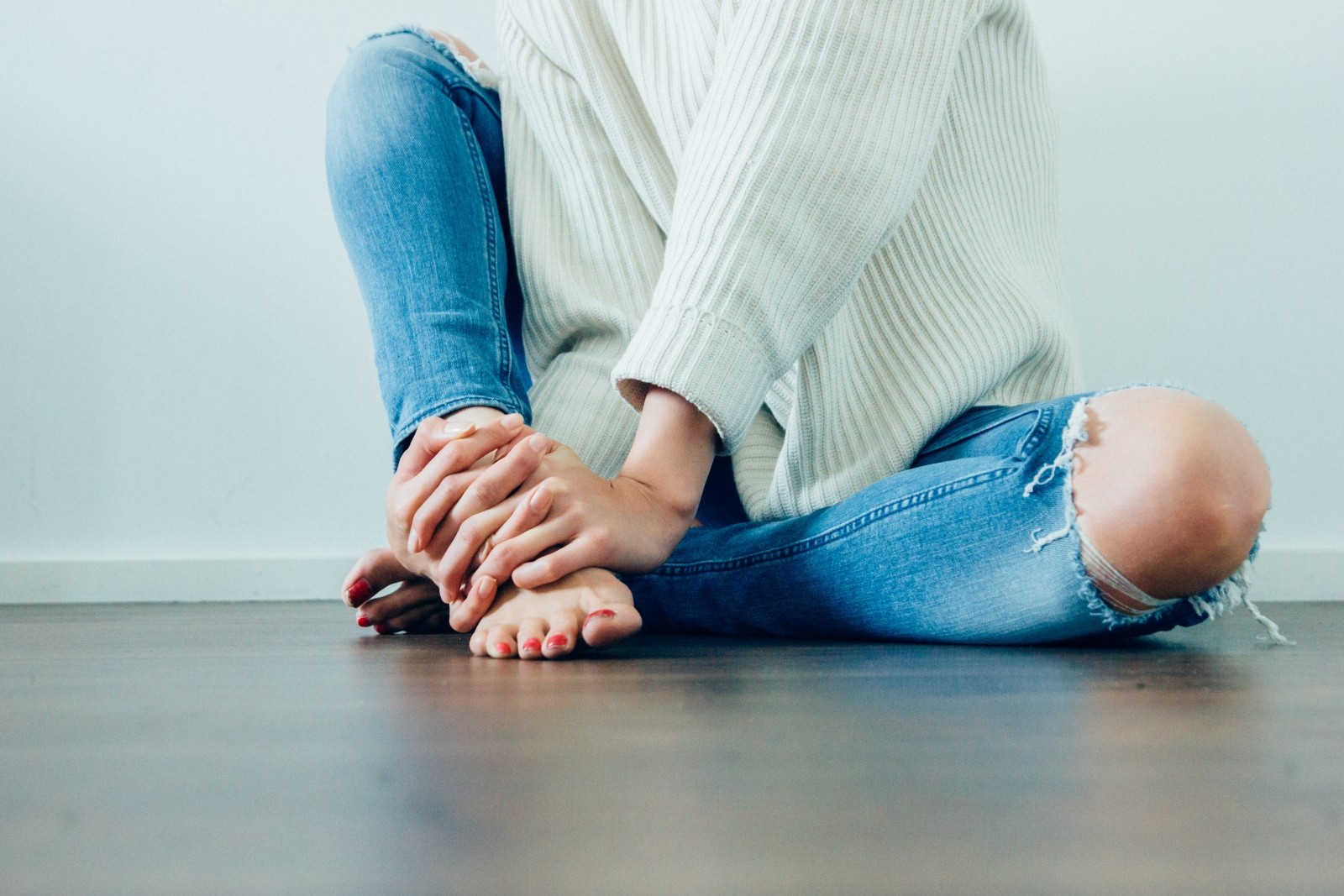 Knee Health
Knee Health
Pain, stiffness or discomfort in knees undeniably can encumber simple and ordinary actions. Despite the fact that these symptoms can occur because of small trauma or other temporary cause, pain in knees may be a sign of some more serious trauma or illness. If you have some of further mentioned symptoms, it is advisable to visit your doctor or some specialist, which can determine whether your worries are reasonable or unnecessary.
Pain, climbing up the stairs
Recent researches of University of Leeds show that pain in knees that appear when you are climbing up the stairs may be a sign of osteoarthritis – a chronic pain of joints that damages all the tissues of joints but especially cartilages. Patients, who participated in this research, found out that in early stage, in most cases, there is no pain during other actions. Despite the fact that only people after age of 40 are in the risk group of osteoarthritis, this illness increasingly affects also younger people. Pay attention to other potential symptoms as well – stiffness in joints in the morning, cracking of joints during movements or little restrictions of joint movements.
Sharp pain during movements, locking of knees
If everything is OK, movements of your knee joints have to be free and smooth during walking, sports and other physical activities. If there is a pain in your knee joint after physical activity or you notice that sometimes your knee is a little bit swollen, or your knee joint locks so that you can not straighten your leg, this, most likely, is meniscus tear. Meniscus tear may be both small and serious – in more serious cases there may be the need for meniscus operation. It is recommended to visit a specialist – if you hope that you can cure this problem with anti-inflammatory drugs, you are mistaken.
Numbness or tingling behind the knee
If some discomfort appears right behind the knee, it is likely to be sciatica. Sciatica is a type of pain that affects the sciatic nerve – a large nerve that extends from the lower back down the back of each leg. A sciatic nerve is the largest nerve in the human body, and quite often it inflames when a person is sitting for long periods of time, is doing physical jobs or has some traumas or diseases. This illness is curable by using different physical procedures that helps to relax and stretch strained muscles.
